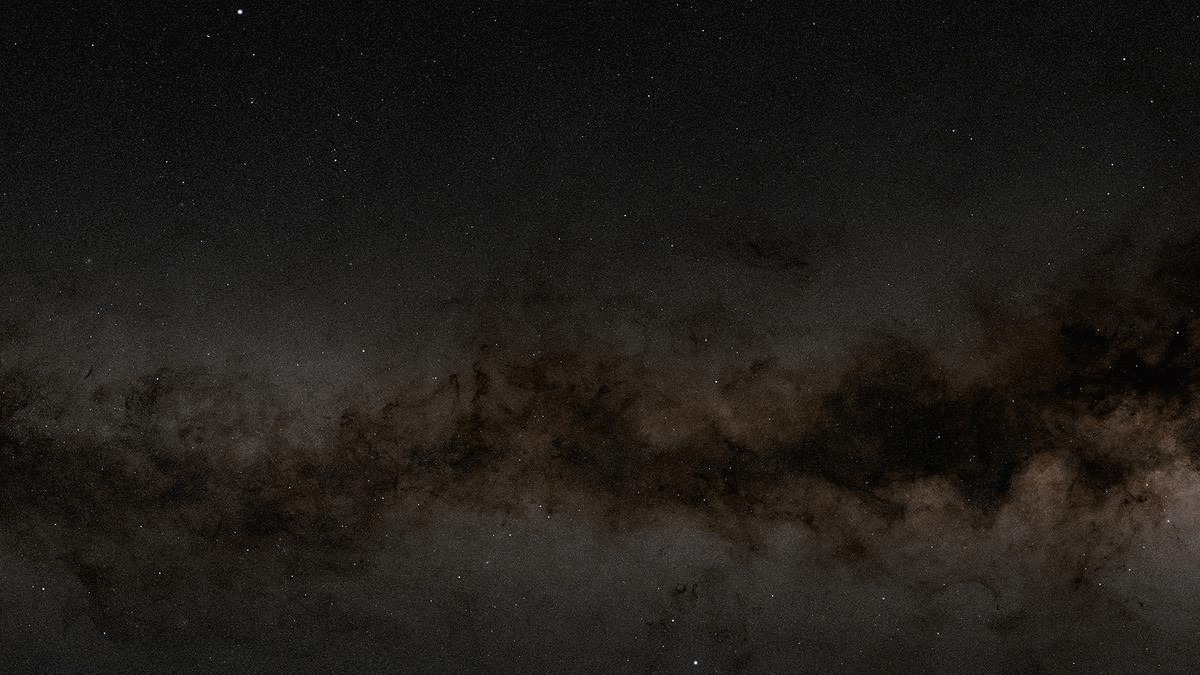
This page originally appeared on @THEU
Adapted from a release by Francis Reddy, senior science writer for NASA’s Goddard Space Flight Center.
On Sunday, Oct. 9, 2022, a pulse of intense gamma-ray radiation swept through our solar system, saturating detectors on numerous spacecraft and sending astronomers across the world scurrying to train their fastest and most powerful telescopes on it. The new source, dubbed GRB 221009A, turned out to be the brightest gamma-ray burst (GRB) ever observed. In a new study that appears today in the Astrophysical Journal Letters, multi-wavelength observations of this extraordinary event have questioned our decades-long understanding of how these events explode into their multi-colored fireworks.
The gamma-ray emission from GRB 221009A lasted over 300 seconds. Astronomers think that such “long-duration” GRBs are the birth cry of a black hole, formed as the core of a massive star collapses under its own weight. The newborn black hole launches powerful jets of plasma at near the speed of light, which pierce through the collapsing star and shine in gamma rays. The gamma-rays from GRB 221009A were the brightest ever observed for a GRB, marking this as an exceptional new event.
With GRB 221009A being the brightest burst ever recorded, a real mystery lay in what would come after the initial burst of gamma-rays.
“As the jets slam into gas surrounding the dying star, a bright afterglow of light is produced across the entire spectrum,” said Tanmoy Laskar, assistant professor of physics and astronomy at the University of Utah, and lead author of the study. “The afterglows of GRBs fade quite rapidly, which means we had to be quick and nimble in capturing the light before it disappeared, taking its secrets with it.”
Laskar and colleagues quickly triggered observing programs on a slew of ground- and space-based telescopes, including the Giant Metrewave Radio Telescope (GMRT) in India, the MeerKAT Array in South Africa, the U.S. National Science Foundation’s Karl G. Jansky Very Large Array (VLA) in New Mexico, the Atacama Large Millimeter Array (ALMA) in Chile, the Submillimeter Array (SMA) in Hawai’i, and the Nuclear Spectroscopic Telescope Array (NuSTAR) in space. The multi-wavelength observations collected by the researchers now comprise one of the most detailed such datasets for a GRB afterglow to date.
The researchers combined the NuSTAR data with observations taken with the Large Area Telescope (LAT) aboard the Fermi satellite to measure the shape of the afterglow spectrum with exquisite precision. University of Utah graduate student Anne Duerr, who analyzed the Fermi/LAT data said, “The LAT data were the lynchpin in measuring the magnetic field and inferring the burst’s energy.” The astronomers found that the energy of the jet was typical of most GRBs.
Kate Alexander, assistant professor of astronomy at the University of Arizona and co-author of the study said, “We think that what makes this GRB bright, more than a high intrinsic energy, is instead the particularly narrow angle into which that energy is channeled.”
But the astronomers were still missing something. The radio measurements were brighter than expected based on the X-ray and visible light alone.
“At first we were very excited because we thought we might have captured the fleeting signature of a `reverse shock’—a shock wave going backwards through the jet and lighting it up in the radio,” said Alexander. While such a signature has been predicted to show up at radio frequencies, its presence has only been confirmed in a few cases. Catching one now in the brightest GRB ever could have helped the researchers pin down the composition of the GRB’s jets, a puzzle that remains poorly understood to this day.
“What we found in the radio looks a bit like a reverse shock in the sense that there is extra emission at radio frequencies,” said Laskar. “But we also have models for how a reverse shock spectrum should evolve with time, and the radio spectrum of GRB 221009A faded much too slowly. So, either we don’t understand reverse shocks, or we’ve found a completely new emission component.” In both cases, these data imply that a decades-old theory of GRB jets needs to be revisited.
“We still don’t know what is producing the radio emission, but we are still collecting data, and it’s possible that some more theoretical investigations and numerical simulations together could help us in deriving a better understanding,” added Raffaella Margutti, associate professor of astronomy and physics at the University of California, Berkeley, and co-author of the study. “But for now it’s still a bit of a mystery.”
Additional information
“The Radio to GeV Afterglow of GRB 221009A,” Laskar et al (2023), The Astrophysical Journal Letters,
GMRT is run by the National Centre for Radio Astrophysics of the Tata Institute of Fundamental Research. The MeerKAT telescope is operated by the South African Radio Astronomy Observatory, which is a facility of the National Research Foundation, an agency of the Department of Science and Innovation.
The National Radio Astronomy Observatory is a facility of the National Science Foundation operated under cooperative agreement by Associated Universities, Inc. ALMA is a partnership of ESO (representing its member states), NSF (USA) and NINS (Japan), together with NRC (Canada), MOST and ASIAA (Taiwan), and KASI (Republic of Korea), in cooperation with the Republic of Chile.
The Joint ALMA Observatory is operated by ESO, AUI/NRAO and NAOJ. The Submillimeter Array is a joint project between the Smithsonian Astrophysical Observatory and the Academia Sinica Institute of Astronomy and Astrophysics and is funded by the Smithsonian Institution and the Academia Sinica.
We recognize that Maunakea is a culturally important site for the Indigenous Hawaiian people; we are privileged to study the cosmos from its summit.
This work made use of data from the NuSTAR mission, a project led by the California Institute of Technology, managed by the Jet Propulsion Laboratory, and funded by the National Aeronautics and Space Administration.
Lisa Potter, The University of Utah
University Marketing & Communications
